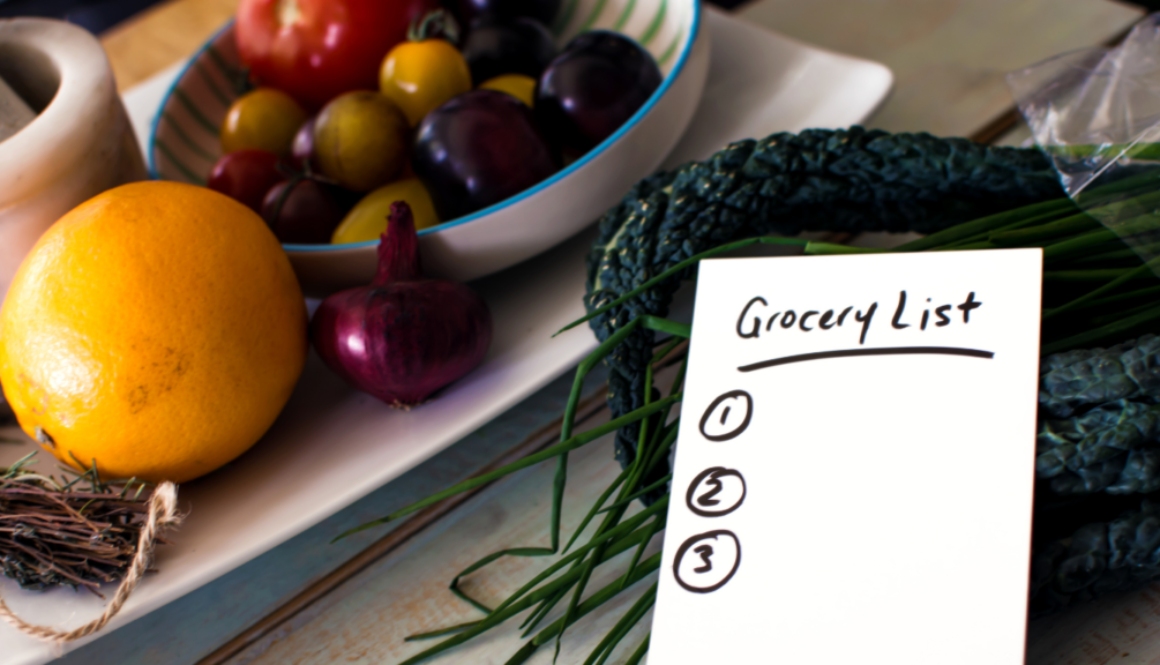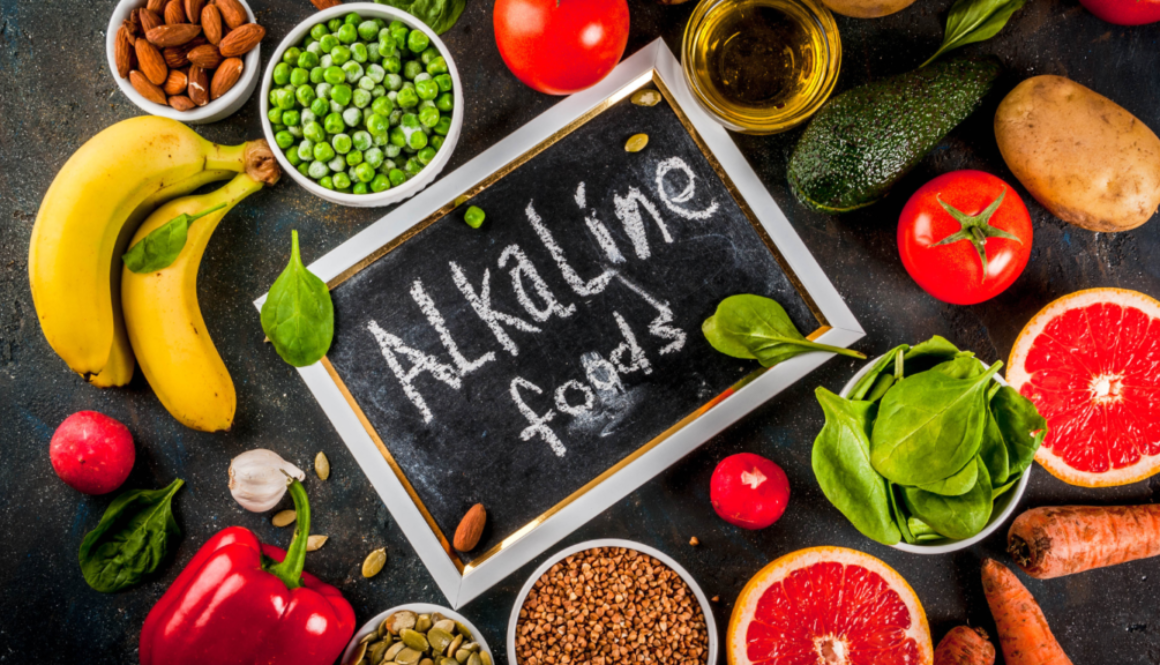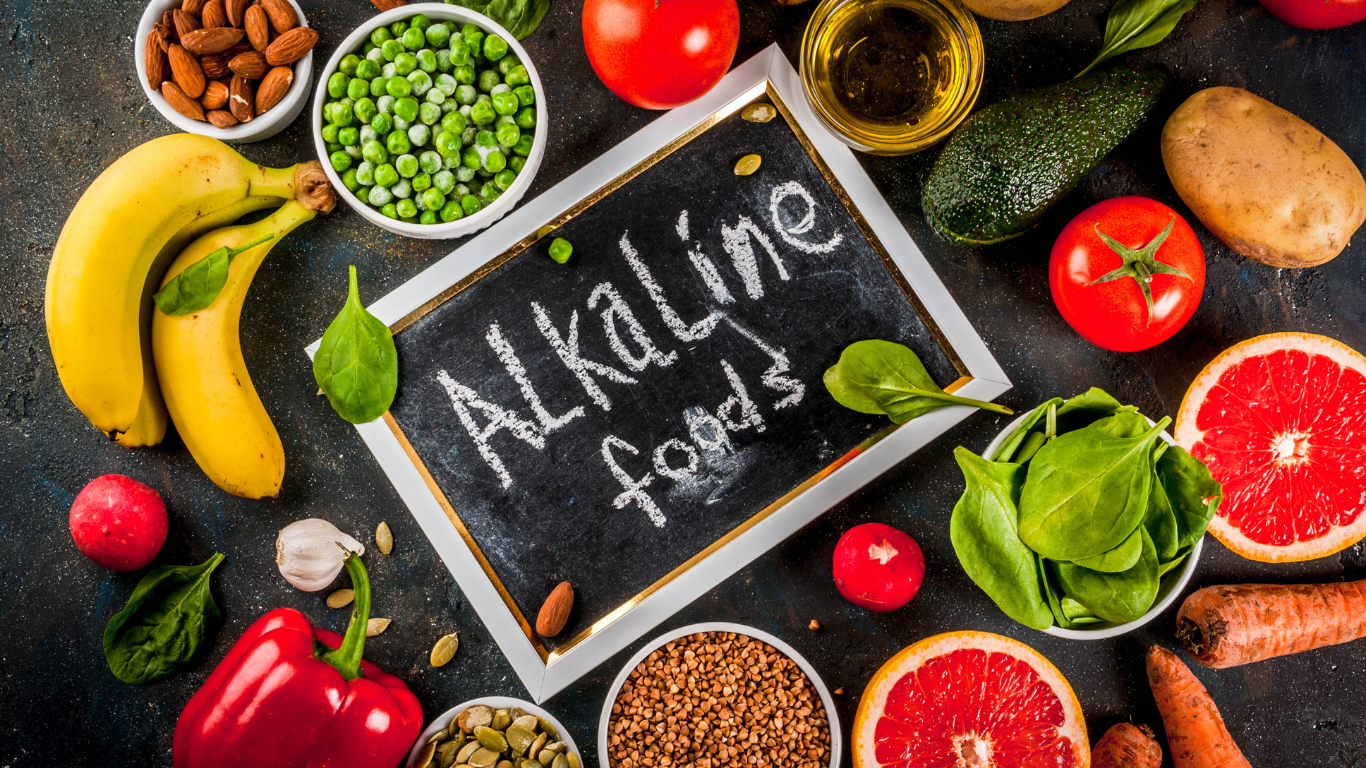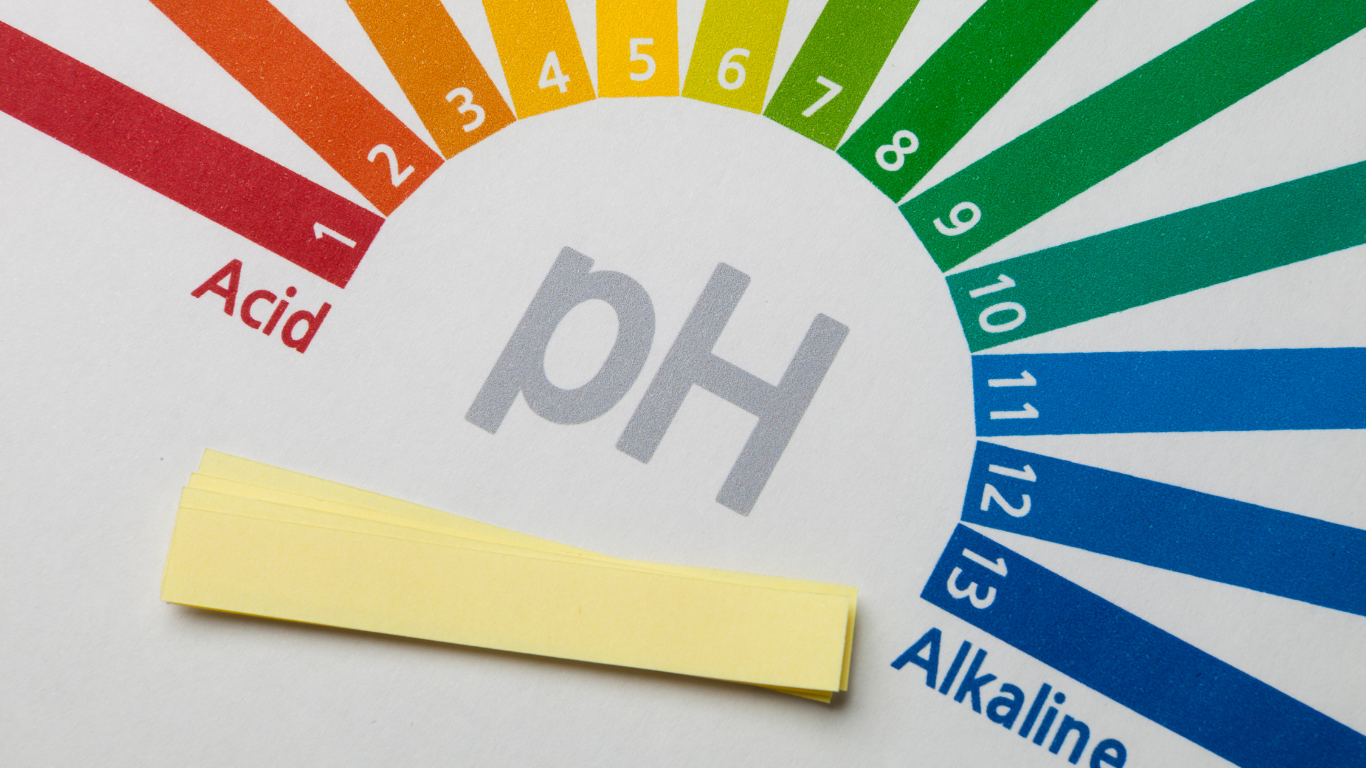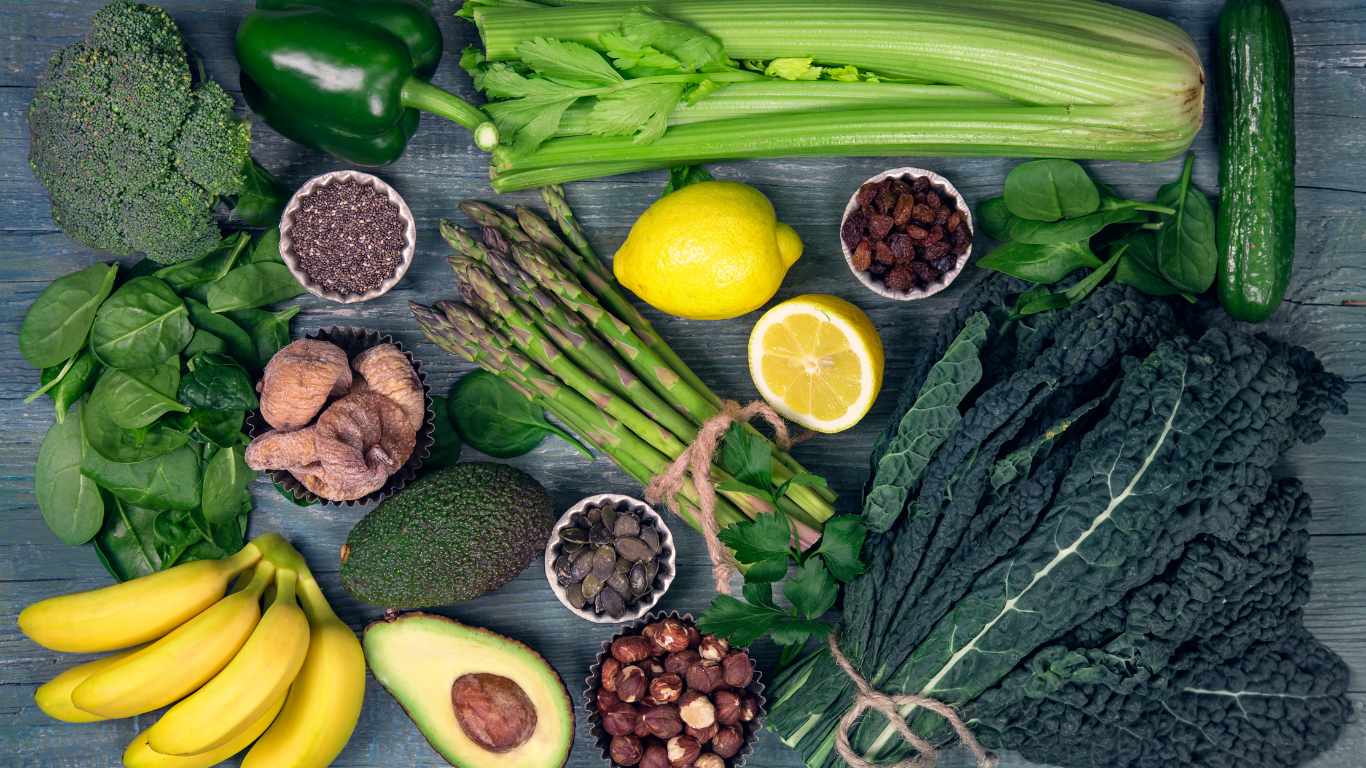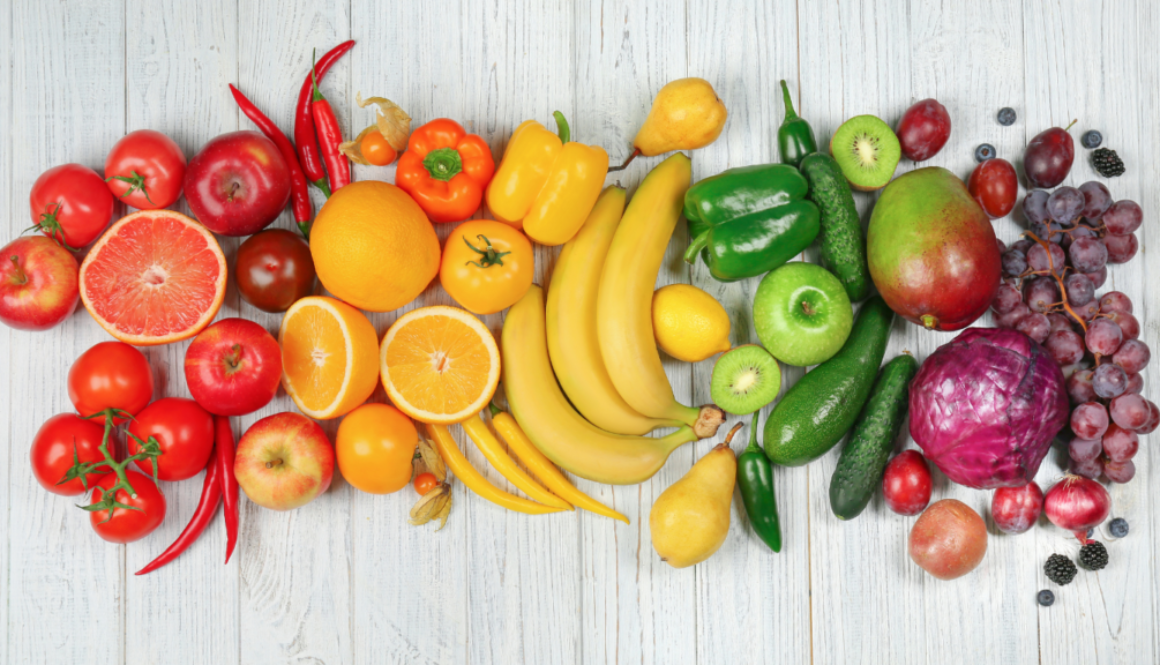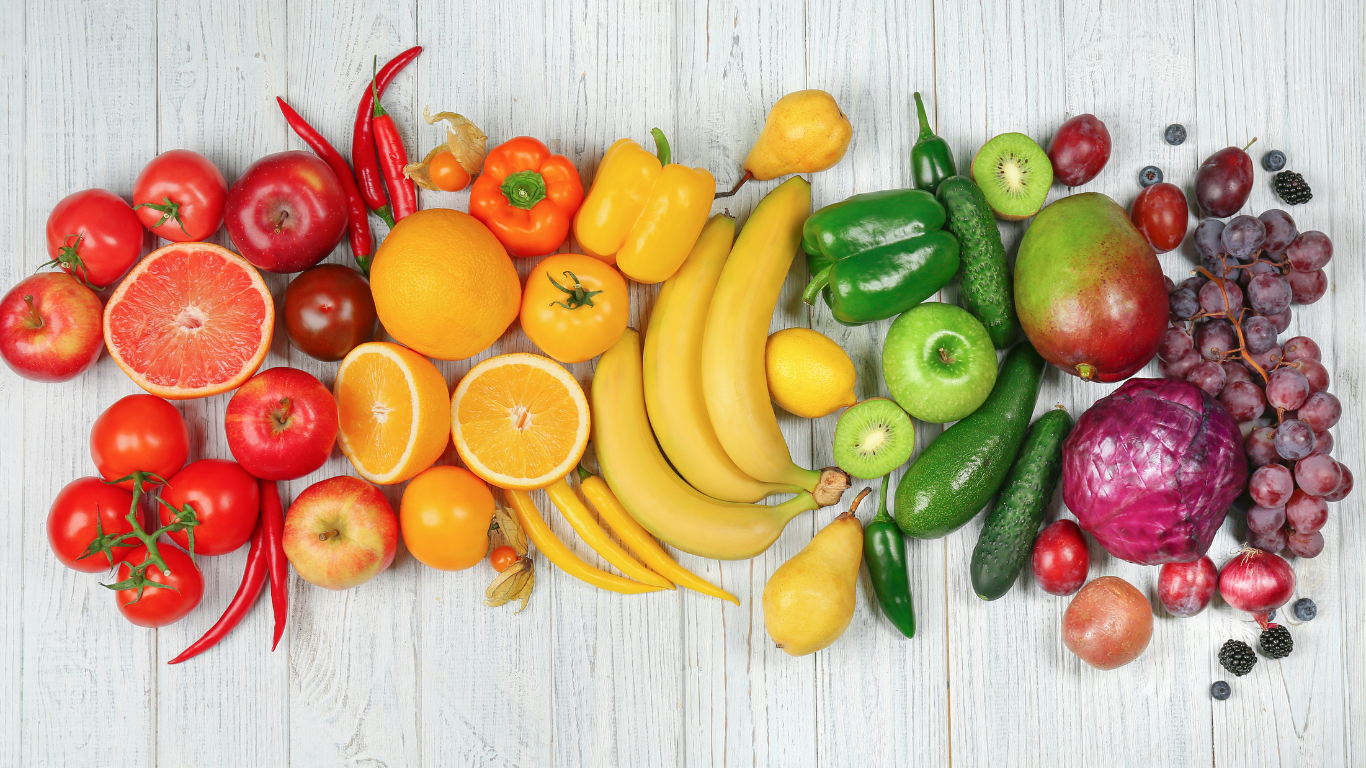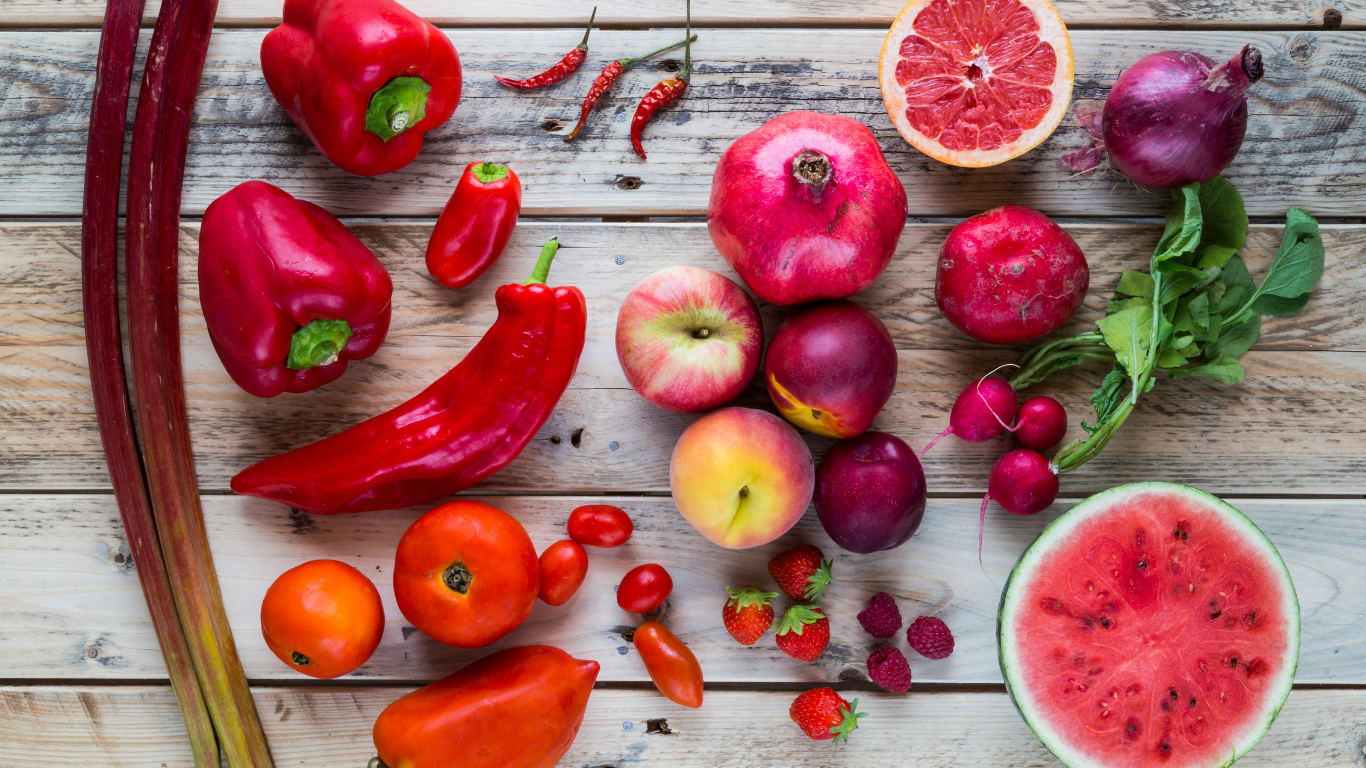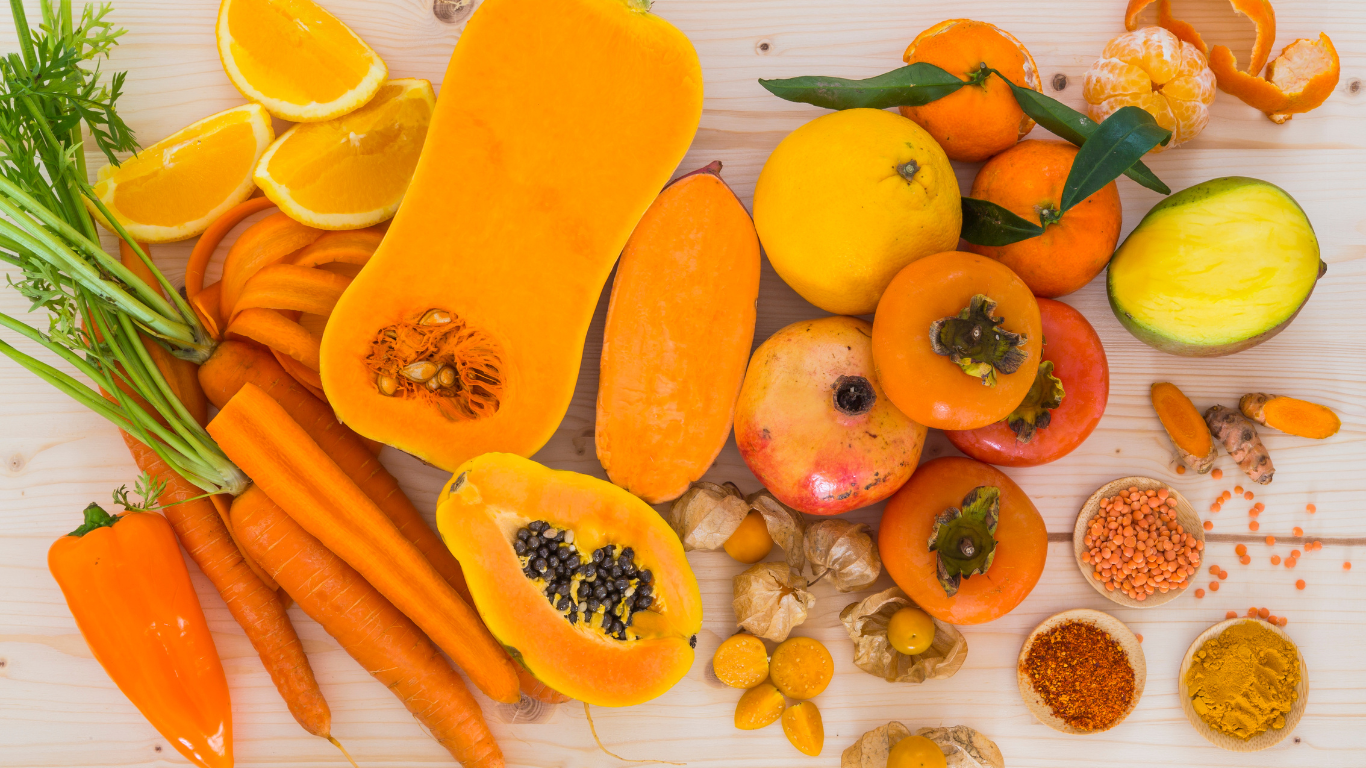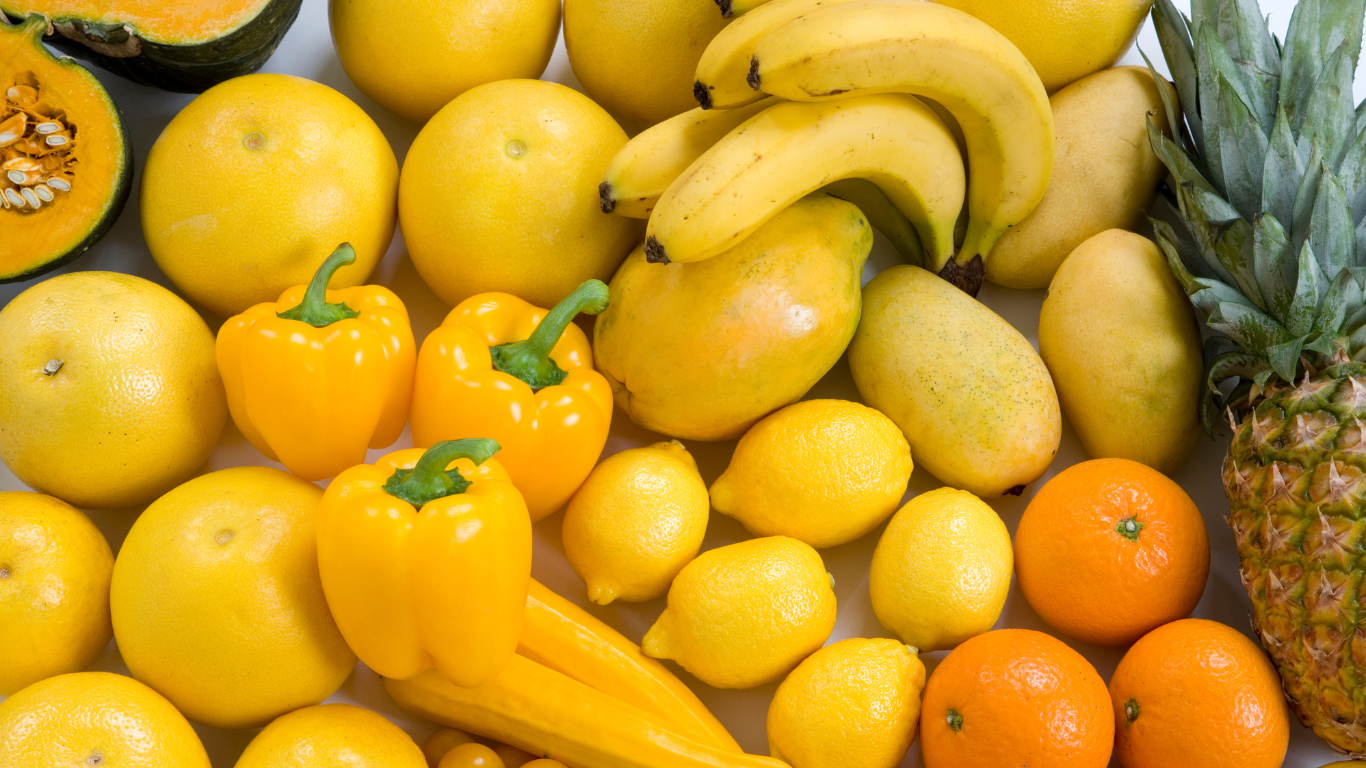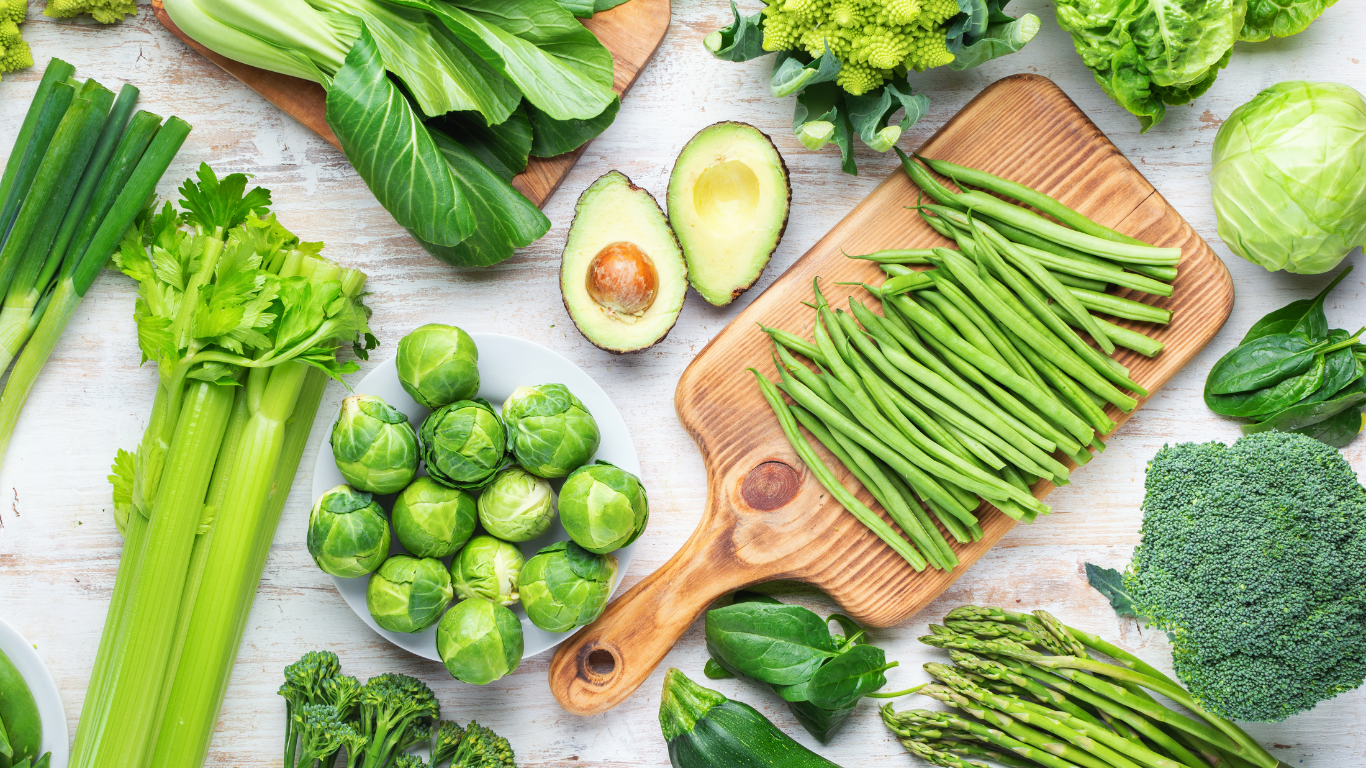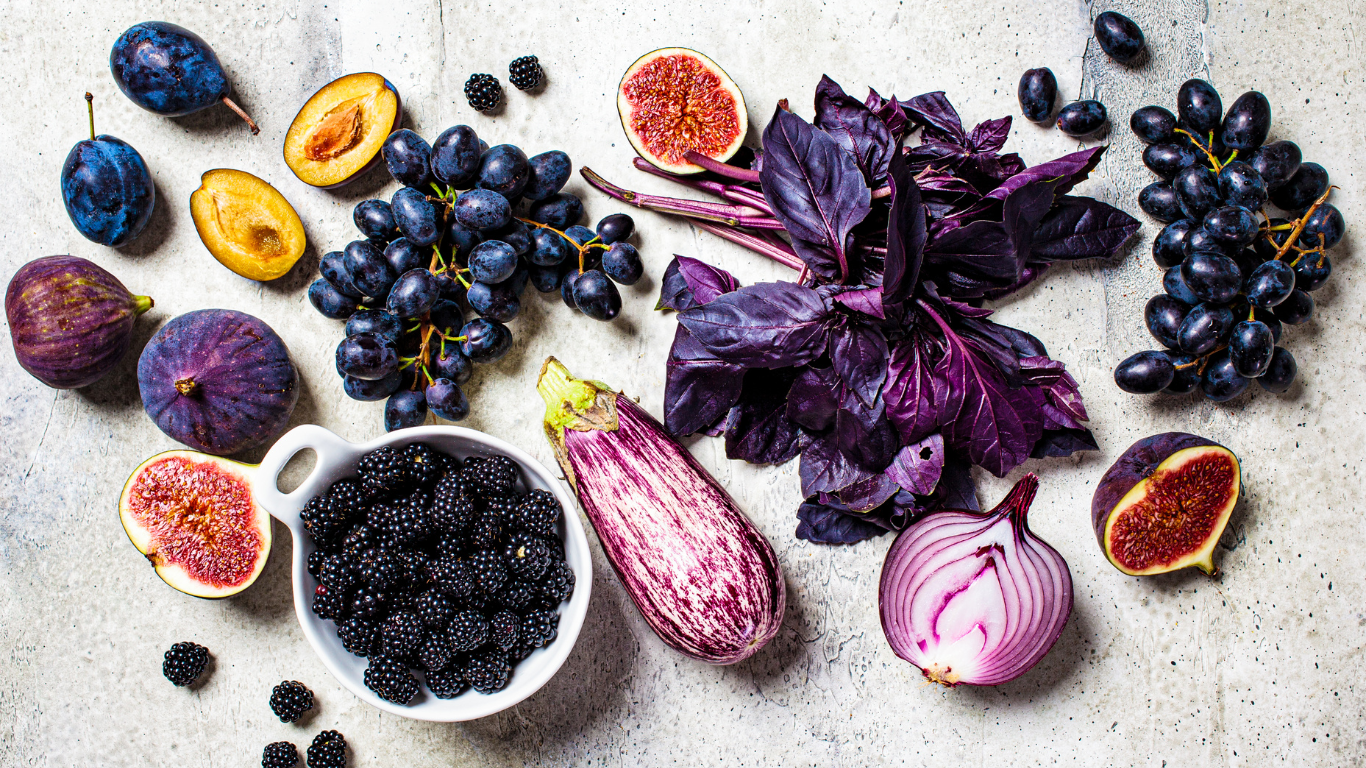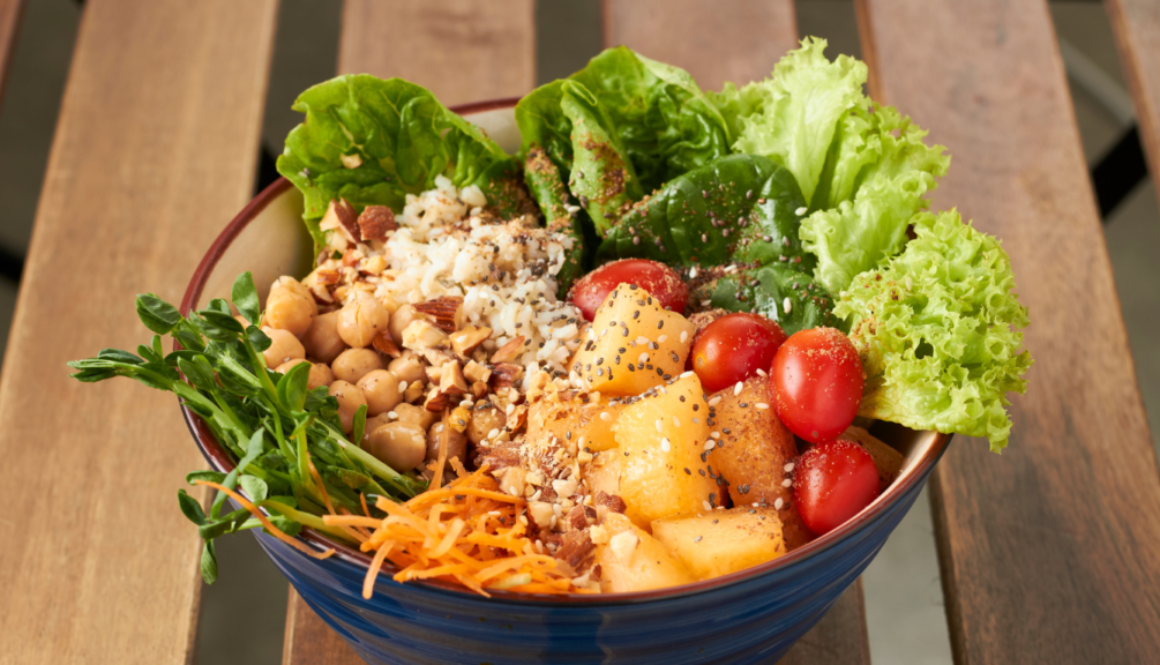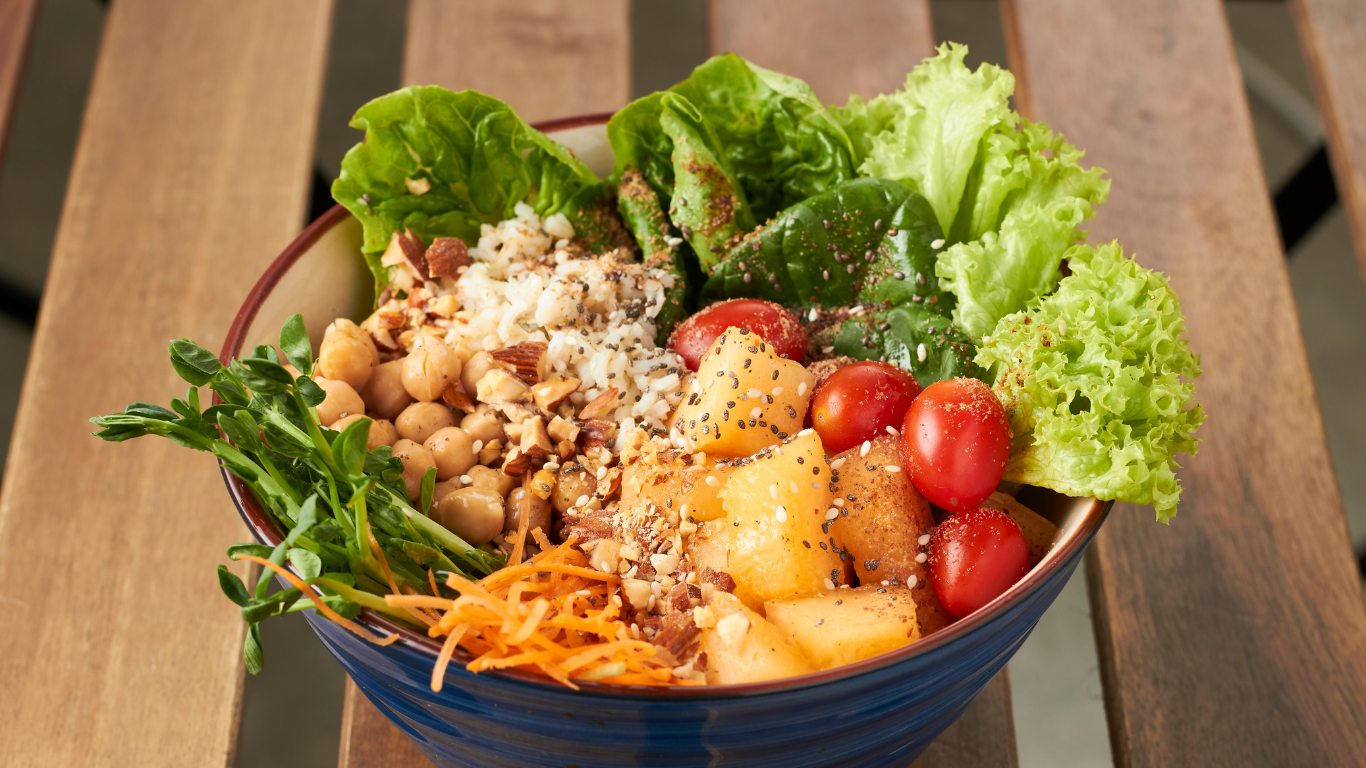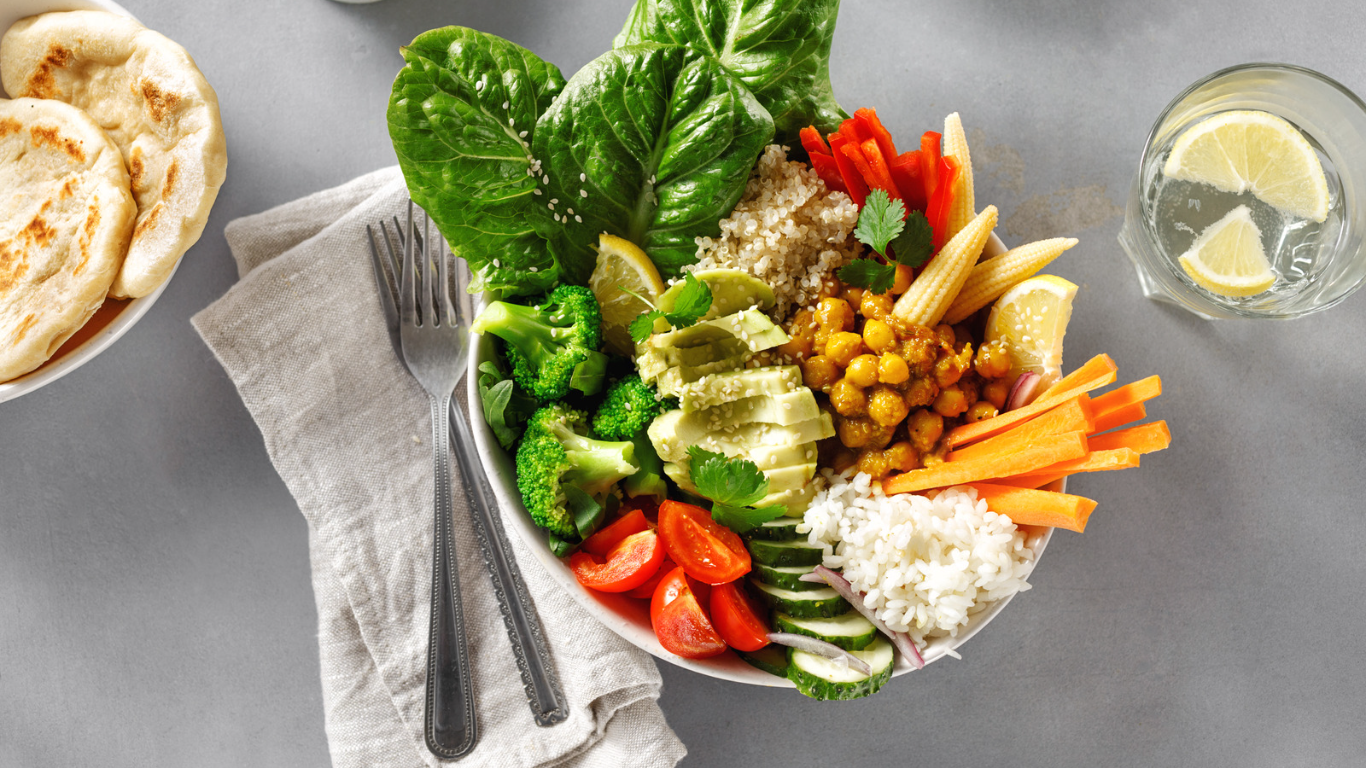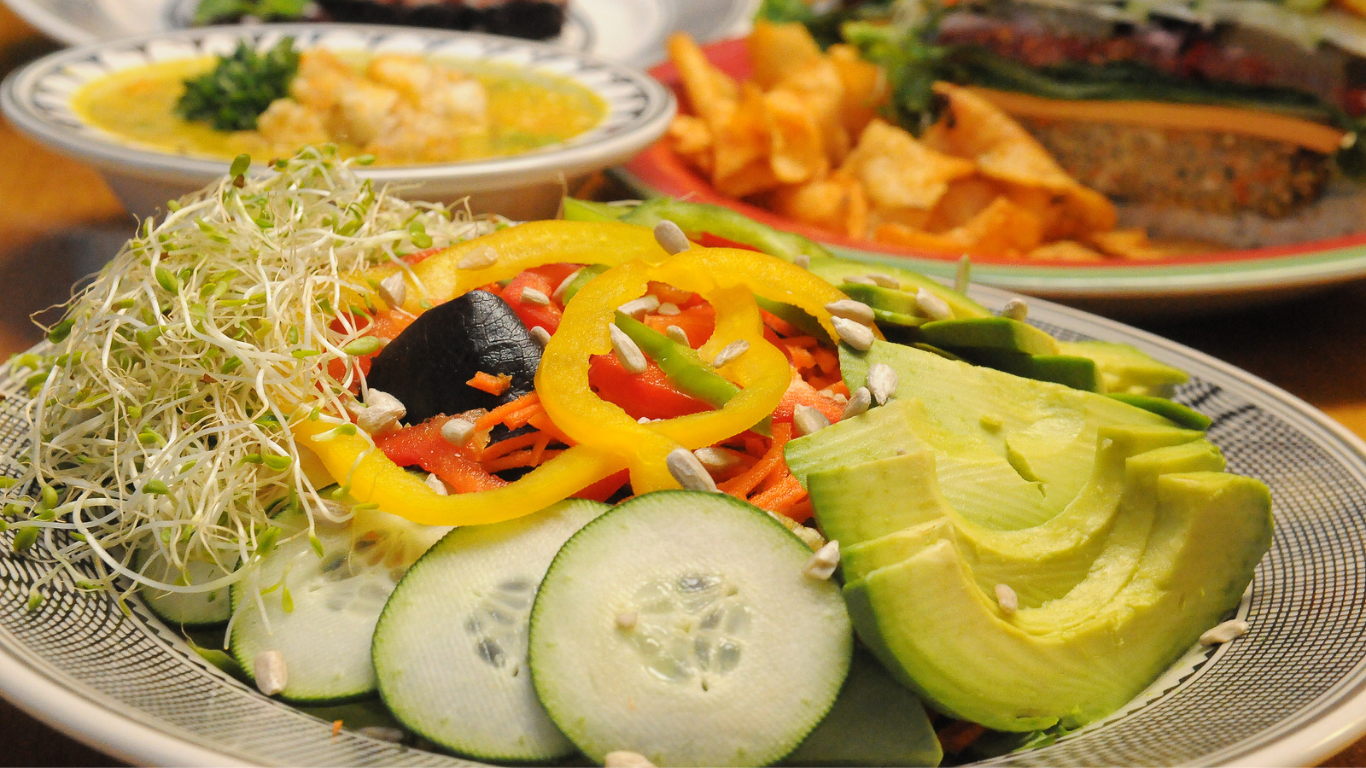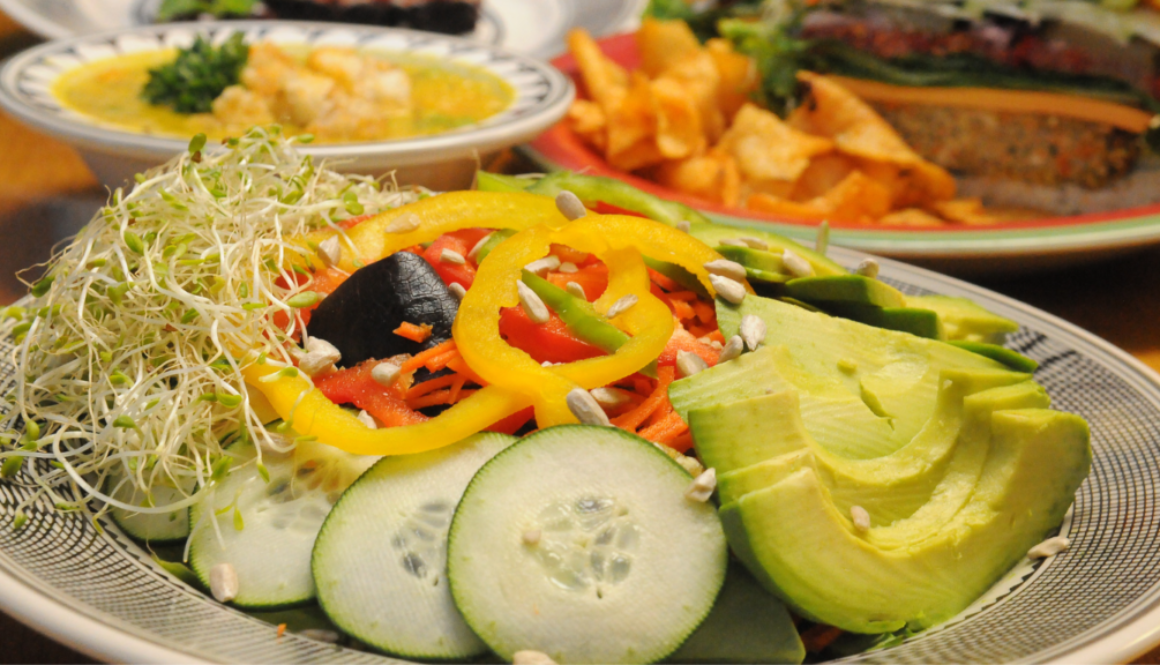5 Important Lists That Can Help You Stick To Your Vegan Lifestyle
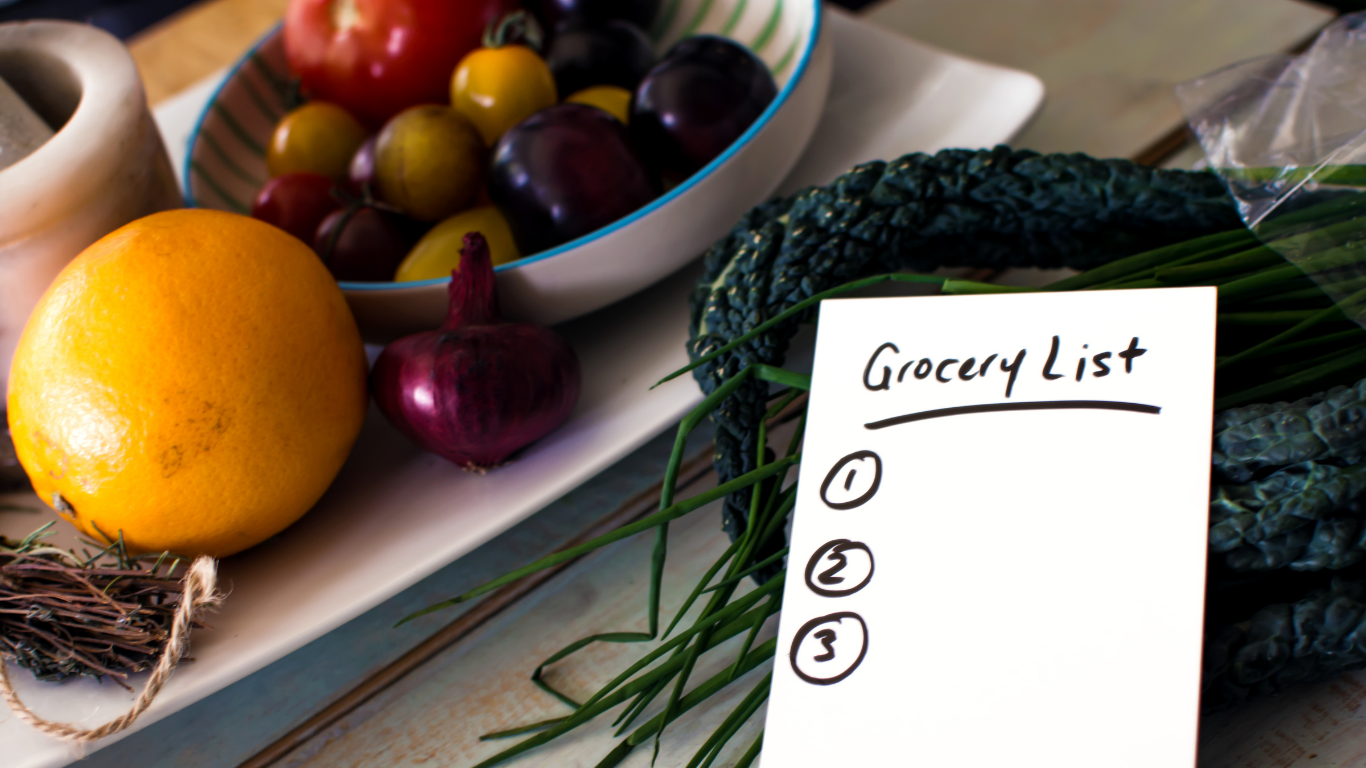
5 Important Lists That Can Help You Stick To Your Vegan Lifestyle
Growing numbers of people are embracing plant-based living for its advantages, which range from improved health to a more sustainable environment. Though it can be difficult to maintain a vegan diet, especially when you’re first starting out.
This list can assist you in maintaining your vegan lifestyle. This is an effective way to maintain organization, focus, and motivation on your transition to a plant-based diet. Here are seven ways that lists can support your vegan diet:
Meal Planning Lists
Making a weekly or monthly meal plan is a great way to make sure you have everything you need for wholesome and mouthwatering vegan meals. It is simpler to shop for groceries and prepare meals when you use a list to keep track of your meal suggestions, ingredients, and recipes.
Shopping Lists
Speaking of shopping lists, any vegan should always have one handy. Making a list of the foods you require will help you stay focused on your plant-based goals and prevent impulsive purchases.
Vegan Restaurants Lists
Restaurants that cater to vegans: Finding restaurants that cater to vegans can be challenging. However, if you have a list of vegan eateries in your neighborhood, it will be simple and quick to find a restaurant that shares your beliefs.
Nutrient-Dense Foods Lists
As a vegan, it’s crucial to make sure you’re getting all the vital nutrients your body requires. You can plan meals that satisfy your nutritional needs by using a list of vegan foods that are high in nutrients, like leafy greens, nuts, and seeds.
Animal-derived Ingredients Lists
It can be challenging to identify ingredients from animals in packaged foods. However, you can make wise decisions when food shopping if you have a list of typical non-vegan ingredients, such as casein and gelatin.
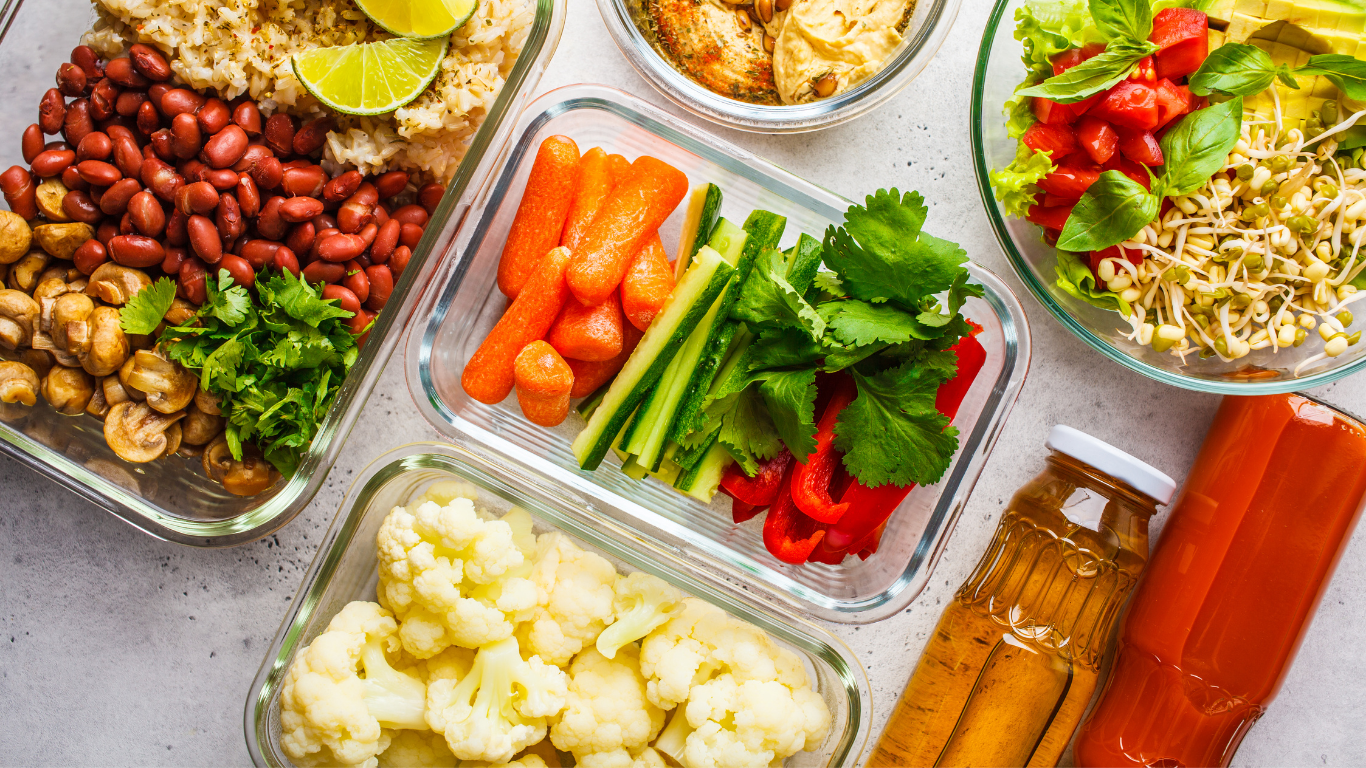
Lists are a frequently disregarded tool that can assist you in maintaining a vegan lifestyle. On your path to a plant-based lifestyle, you can stay organized, focused, and motivated by making lists for shopping, meal planning, vegan restaurants, nutrient-dense foods, animal-derived ingredients, vegan products, and community events. So grab some paper and a pen and get to list-making right away!
